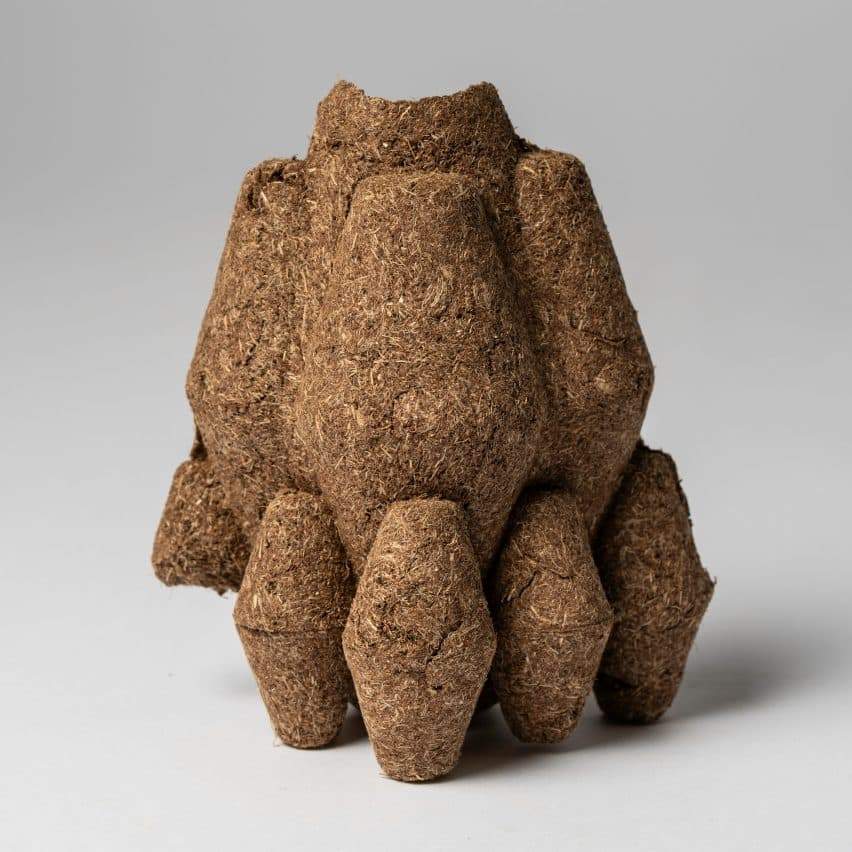Pioneering Student Projects in Wet Agriculture at Norwich University of the Arts
In a world facing unprecedented environmental challenges, Norwich University of the Arts emerges as a pioneer in sustainable architectural research through its groundbreaking exhibition, *FibreBroads: Cultivating Sustainable Futures*. This exhibition showcases the creative visions of Master of Architecture students who are transforming theoretical concepts of wet agriculture into tangible, practical solutions. Supervised by an outstanding academic team and funded by the UK Department for Environment, Food & Rural Affairs (DEFRA), these student projects represent a qualitative leap in how we approach building materials and environmental waste.
The exhibited research explores unconventional potentials of materials such as reeds, cotton, eggshells, tea waste, and coffee grounds—transforming them from mere waste into valuable construction resources. The significance of these projects extends beyond technical aspects, presenting an integrated vision of living architecture that positively interacts with ecosystems. Through this article, we highlight seven pioneering projects that redefine sustainable construction and open new horizons for addressing environmental challenges in the building sector.
1. Jacob Cherry’s Experiments with Wet Fiber Bricks
acob Cherry is developing innovative building materials from wet plant fibers, focusing on studying different plant species such as reed canary grass (*Phalaris arundinacea*) and common reed (*Phragmites australis*). His research extends to analyzing the mechanical and physical properties of these fibers when combined with other materials like corn husks (*Zea mays*). Cherry has found that these plant-based composites show promising performance when used in manufacturing insulating building blocks or prefabricated panels.
The researcher is currently exploring the potential of producing these materials using advanced techniques such as 3D printing, working to optimize the composition of the materials in terms of fiber-to-water ratios for the best results. This research represents a significant step toward developing sustainable building materials that can be widely applied in the construction industry.

2. Theo Galvin’s Textile Recycling Project
Theo Galvin addresses the global textile waste crisis with an innovative solution that combines plant fibers with recycled cotton fabrics. His research focuses on tackling the massive textile landfills in places like Accra, Ghana, where millions of tons of discarded fabrics accumulate annually.
Galvin’s approach involves processing fibers from cattail (*Typha*) and blending them with cotton fabric remnants to create new composite materials. These materials exhibit excellent thermal insulation properties, with the ability to adjust their physical characteristics by modifying component ratios. The researcher uses manual compression techniques to produce his prototypes, opening new possibilities for transforming textile waste into valuable construction materials.

3.Sam Jew’s Research on Organic Waste-Based Building Materials
Sam Jew’s research tackles the challenge of organic waste from the food industry, particularly eggshells and oyster shells, which pose an environmental burden. Jew is developing sustainable building materials that combine cattail fibers (*Typha latifolia*) with calcium carbonate extracted from these waste products.
The significance of this research lies in its dual solution: first, reducing reliance on traditional calcium carbonate extraction methods, which are energy-intensive, and second, repurposing organic waste that causes environmental problems when discarded. The project emphasizes using locally sourced materials in Norfolk, helping to reduce carbon emissions associated with transporting construction materials.

4. 3D-Printed Flower Pots by Maria Holden Fernández
Maria Holden Fernández is developing a unique bio-material based on English tea waste and cattail fibers, specifically designed for 3D printing. The research involves extensive testing of different compositions of sodium alginate, glycerin, and water to refine the material’s properties.
The project aims to create biodegradable products that can be composted after their lifecycle ends. The team is also studying the acidic impact of tea waste on soil, which could open new possibilities for using these materials in urban agriculture. This research represents an integrated model of circular economy principles in design and manufacturingamsin Hills explores the possibility of integrating natural growth processes into building materials through her innovative project. The researcher uses a mixture of clay, coffee waste, cattail fibers, and dried husks to create structures that support plant growth.

5. Living Walls from Coffee Waste by Tamsin Hills
Tamsin Hills explores the possibility of integrating natural growth processes into building materials through her innovative project. The researcher uses a mixture of clay, coffee waste, cattail fibers, and dried husks to create structures that support plant growth.
This project goes beyond conventional construction, offering a new vision for living architecture where walls can grow and evolve over time. Hills draws inspiration from pioneering projects like *Grow A Building*, focusing on developing modular building components that support biodiversity.

6. Bee-Friendly Structures by Evan Keagle:-
Bees worldwide face increasing threats from climate change and habitat loss. Evan Keagle’s project responds to this ecological crisis by exploring the integration of bee-mimicking materials (such as chitin) with cattail fibers in architectural designs.
The research focuses on developing biodegradable building materials that support bee populations in urban areas. Keagle is studying the possibility of designing specialized building units that can function as natural bee shelters while meeting structural requirements. This project exemplifies ecological architecture that seeks to harmonize human needs with ecosystems.

7. Floating Coastal Structures by Asmita Chakraborty
Norfolk’s coastlines face growing threats from erosion and rising sea levels. Asmita Chakraborty is developing lightweight, buoyant building materials derived from natural sources such as cattail fibers, plant-based resins, and seashells.
The project aims to provide sustainable solutions for coastal protection and marine infrastructure, with a particular focus on preserving Norfolk’s ancient chalk reefs—a unique ecosystem. Chakraborty is exploring the potential applications of these materials, including floating wave barriers and marine aquaculture systems. This research represents an adaptive design approach to escalating environmental challenges.

The seven projects presented by students at Norwich University of the Arts mark a milestone in the journey of sustainable architecture. These studies are not merely academic experiments but practical, scalable models that prove a green future for construction is not only possible but also practical and economical. From plant-fiber bricks to living, growable walls, from textile recycling solutions to bee-friendly structures, these projects offer a comprehensive vision of a world where buildings integrate organically with the environment.
The true value of this research lies in its scalable solutions, which rely on local and renewable materials while reducing dependence on traditional, polluting resources. It also paves the way for new collaborations between academic institutions, the industrial sector, and government bodies to achieve a paradigm shift in sustainable construction. As these projects continue to be displayed at the university’s Boardman House until the end of the summer semester, they serve as inspiration for future generations—proving that academic creativity can be the cornerstone of building a more sustainable world in harmony with nature.







